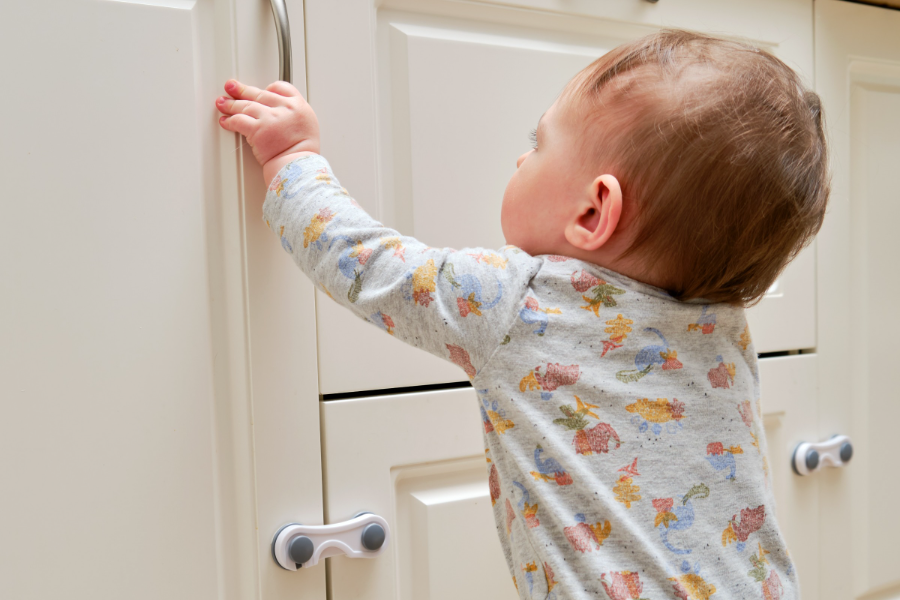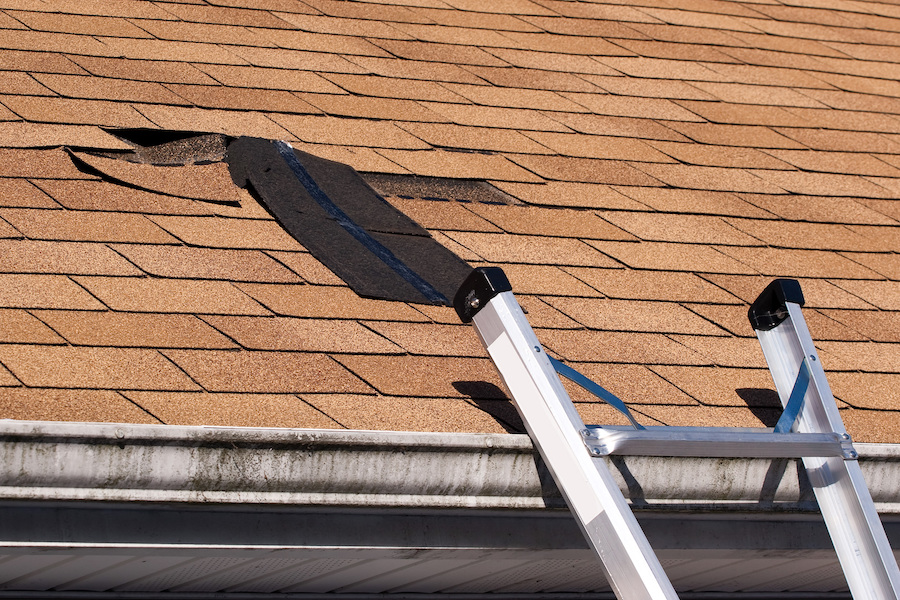Childproofing Your Home

One of the most exciting times for any family is when you welcome a baby into the world. There are many steps that come next, and one simple yet significant one is adapting your home so that it is safe for your child.
The experts at The Consumer Notice and Consumer Product Safety Commission estimate that over 3 million children are injured in the home each year. While that number may sound unnerving, a majority of those injuries can be anticipated and avoided by childproofing your home.
It’s never too early to childproof your home. Some soon-to-be mothers find it comforting “proofing” one room at a time while they are pregnant, but you’ll want the entire house ready by the time your baby starts to crawl in common areas.
Starting in the nursery is recommended, since that’s where your child will be the most. Choosing the right crib (and babyproofing it) is one of the most important steps for your child’s safety. Make sure that the crib is free of any items that could pose a suffocation risk, such as bumpers, stuffed animals and even blankets. Consumer Notice advises using all preinstalled safety straps on all items, especially changing tables, to prevent falls.
Utilizing outlet covers to prevent electrical shock on outlets is one of the first childproofing measures that comes to mind, but it is a very important technique to use throughout the entire house. When walking through each room, consider mounting TVs instead of using a TV stand, if possible.
Safety gates and latches are another fairly easy but critical step for your child’s safety. When installing safety gates, select ones that can be mounted to doorways, especially ones that are being placed at the top of steps, not ones that can be removed easily by a child. Safety latches and locks should be placed on drawers in bathrooms, kitchens and other areas your child could get to prevent accidental poisonings.
Window safety is essential when childproofing each room. Windows stops, which prevent windows from opening more than a few inches, and window guards, which are harder for children to open, help prevent potentially dangerous falls. The Consumer Product Safety Commission strongly recommends using cordless window coverings to help prevent strangulation.
Water safety is yet another area to focus on, since children can drown in less than two inches of water. Never leave your child unattended in the bathroom or other areas where there is a potential drowning risk. Bathtubs and sinks are obvious places to be aware of during bath time, but toilets are often overlooked as a drowning hazard. Consider adding a safety latch to help keep the seat down. Experts also recommend turning down your hot water temperature to under 120 degrees to prevent scalding your child.
While at first glance, childproofing your home may seem like an easy task, it can be complicated. If you have any questions, ask your doctor and consult the experts from The Consumer Product Safety Commission or other professionals.
To make sure your family and home are properly protected, contact your local AAA Insurance Agent at 1-800-222-1469 or go to AAA.com/Insurance.





